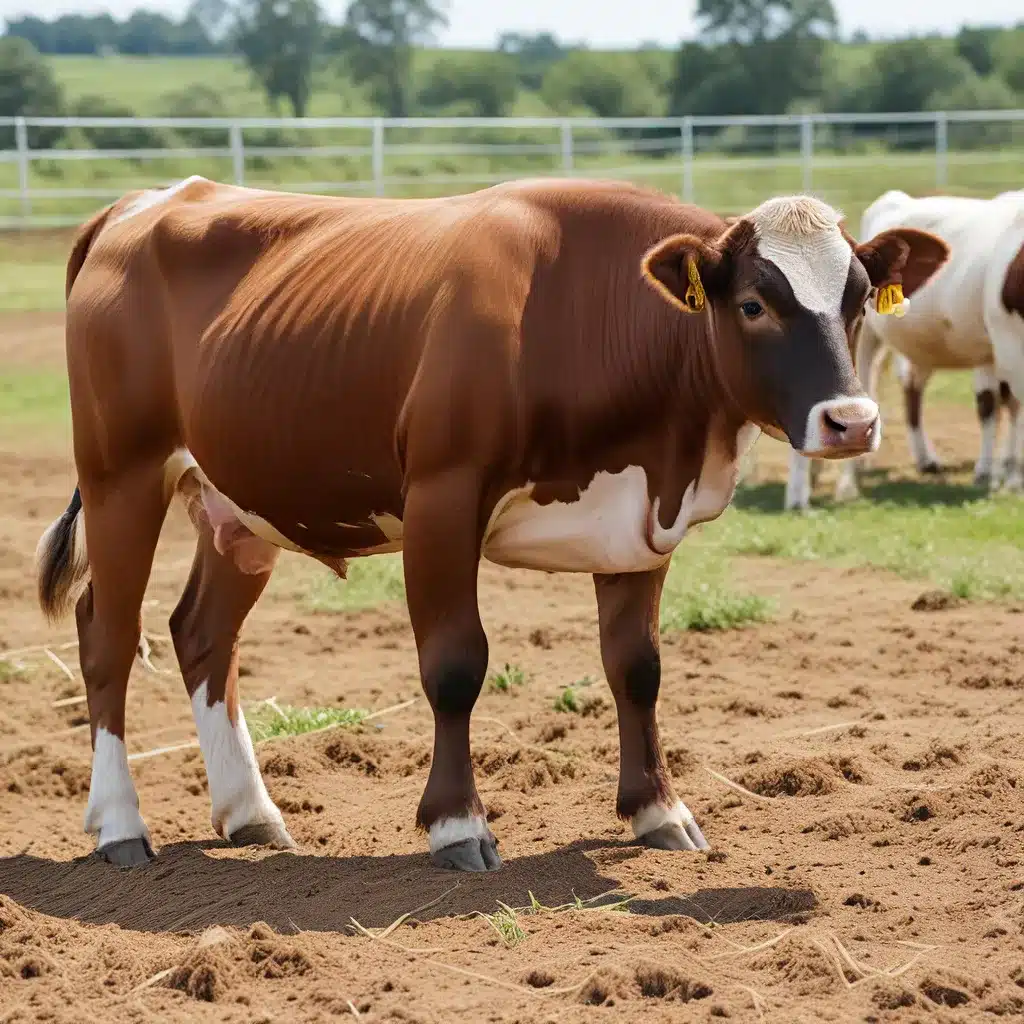
In the rapidly evolving landscape of modern agriculture, sensor networks and Internet of Things (IoT) technologies have emerged as powerful tools for revolutionizing the livestock farming industry. As consumers demand greater transparency and accountability in the production of their food, the ability to monitor animal health, behavior, and environmental conditions in real-time has become a critical advantage for progressive farmers.
Empowering Precision Livestock Farming
The rise of precision livestock farming (PLF) has been driven by the confluence of advancements in sensor technology, data analytics, and wireless communications. By integrating a network of strategically placed sensors throughout their facilities, farmers can now gather a wealth of invaluable data that was previously inaccessible or difficult to obtain.
Sensor-enabled PLF solutions allow farmers to monitor a wide range of parameters, including animal health indicators, environmental conditions, and resource utilization. This granular, real-time data empowers farmers to make more informed decisions, optimize production processes, and enhance the overall well-being of their livestock.
Improved Animal Welfare
One of the primary benefits of sensor-enabled PLF is the ability to improve animal welfare. By continuously monitoring the health and behavior of individual animals, farmers can quickly identify and address any issues before they escalate. This early detection and intervention can prevent the development of chronic conditions, minimize the need for antibiotics, and ultimately enhance the quality of life for the animals.
Start-ups like CattleEye, FarrPro, and SwineTech are at the forefront of this revolution, leveraging advanced technologies such as computer vision, voice recognition, and artificial intelligence (AI) to automate the monitoring and management of livestock. These innovative solutions not only improve animal welfare but also streamline farm operations, reducing labor costs and enhancing overall productivity.
Optimized Resource Utilization
In addition to animal welfare, sensor-enabled PLF also enables optimized resource utilization. By monitoring factors like feed and water consumption, environmental conditions, and waste management, farmers can make data-driven decisions to minimize waste, reduce energy usage, and optimize the allocation of resources.
For example, H2Oalert, a Dutch IoT solution, provides real-time monitoring of water quality and quantity for cattle, helping farmers ensure their animals have access to clean, uncontaminated water. This not only improves animal health but also reduces the environmental impact of livestock operations.
Addressing Challenges in IoT-Enabled Livestock Farming
While the potential of sensor-enabled PLF is immense, implementing these solutions in the livestock industry comes with its own set of challenges that must be addressed.
Connectivity and Data Management
One of the primary hurdles is ensuring reliable connectivity and seamless data management across the sensor network. Livestock farms, particularly those in remote or rural areas, may face challenges in maintaining a stable internet connection, which is crucial for transmitting sensor data to cloud-based analytics platforms.
To overcome this, some companies, such as Jaguza Tech from Uganda, have developed offline and cloud-based IoT solutions that can operate independently and synchronize data when connectivity is restored. This ensures that farmers can still access critical information and make timely decisions, even in areas with limited internet access.
Data Security and Privacy
As with any IoT-enabled system, data security and privacy are paramount concerns in sensor-enabled PLF. Farmers must be able to trust that their sensitive information, including animal health records and production data, is securely stored and protected from unauthorized access or misuse.
To address these concerns, industry leaders are exploring the implementation of blockchain technology and edge computing to decentralize data storage and processing, enhancing the overall security and privacy of IoT systems in livestock farming.
Energy Management and Sustainability
Another challenge in sensor-enabled PLF is ensuring the energy efficiency and sustainability of the entire system. Sensor nodes and IoT devices deployed in livestock facilities must be able to operate reliably for extended periods, often in harsh environmental conditions, without consuming excessive amounts of power.
Innovative approaches to energy harvesting, such as solar-powered GPS ear-tags developed by Roper USA, are helping to address this challenge. By leveraging renewable energy sources, farmers can reduce their carbon footprint and ensure the long-term viability of their sensor-enabled PLF solutions.
The Future of Sensor-Enabled Livestock Farming
As the demand for sustainable, ethical, and efficient livestock production continues to grow, the role of sensor networks and IoT technologies in precision livestock farming will only become more critical.
Advancements in areas like machine learning, computer vision, and advanced analytics will enable even more sophisticated monitoring and decision-support systems, empowering farmers to make data-driven decisions that optimize animal welfare, resource utilization, and overall productivity.
Furthermore, the integration of sensor-enabled PLF with other emerging technologies, such as blockchain and digital traceability, will help create a more transparent and accountable food supply chain, addressing the increasing consumer demand for transparency and sustainability.
By embracing these transformative technologies, the livestock industry can pave the way for a future where animal welfare, environmental sustainability, and economic profitability are not mutually exclusive, but rather, harmoniously aligned. As the sensor networks and IoT landscape continues to evolve, the opportunities for innovation and optimization in precision livestock farming are boundless.